110 DVD-A / Franz Schubert: String Quintet C major D 956
The Auryn Series Vol. VIII
Franz Schubert
String Quintet C major D 956
Auryn Quartet
Christian Poltéra, Violoncello
TACET Real Surround Sound
EAN/barcode: 4009850011033
Description
"The TACET label, famous for ist visionary, high-quality repertoire policy, uses new technology to search for new ways of using the auditorium for musical experiences. Andreas Spreer, owner and manager of the label Tonmeister of this recording, places the listener right in the middle of the musicians: opposite the viola, with the violins at front left and right and the two cellos behind his or her shoulders. This configuration is most definitely unusual and takes some getting used to; but what three-dimensionalness it gives to Schubert’s wonderful – and wonderfully played – String Quintet! The themes become tangible thanks to the masterful interpretation, the structure of the work is intuitively understandable, and the attribute “acoustically transparent” should really be redefined after this recording." (Kulturspiegel)"
(…) Ever wondered what it was like to play in a chamber group such as this? Well, choose your instrument and sit close to that speaker. You’ll get a pretty good idea." (Audiophile Audition)
6 reviews for 110 DVD-A / Franz Schubert: String Quintet C major D 956
You must be logged in to post a review.

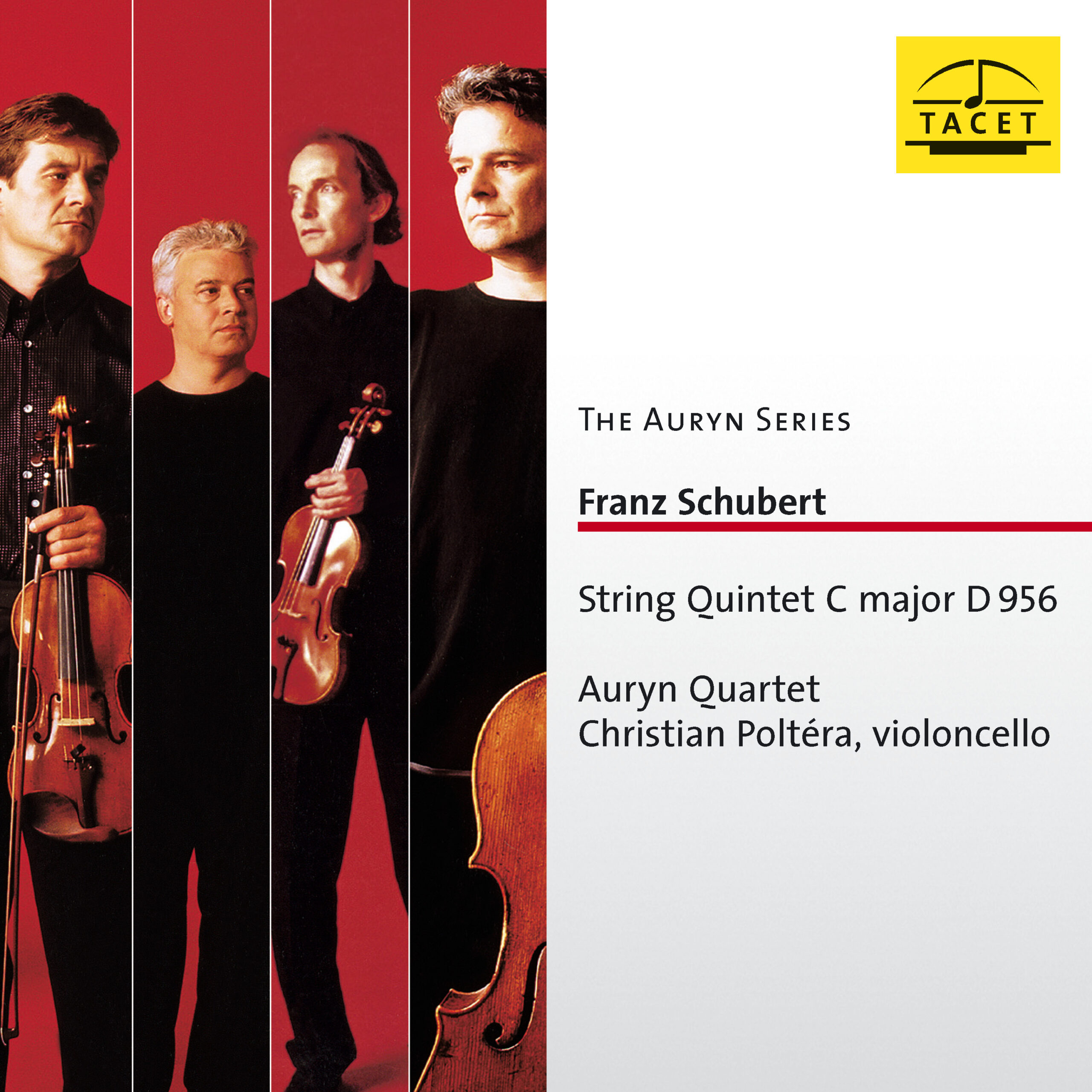
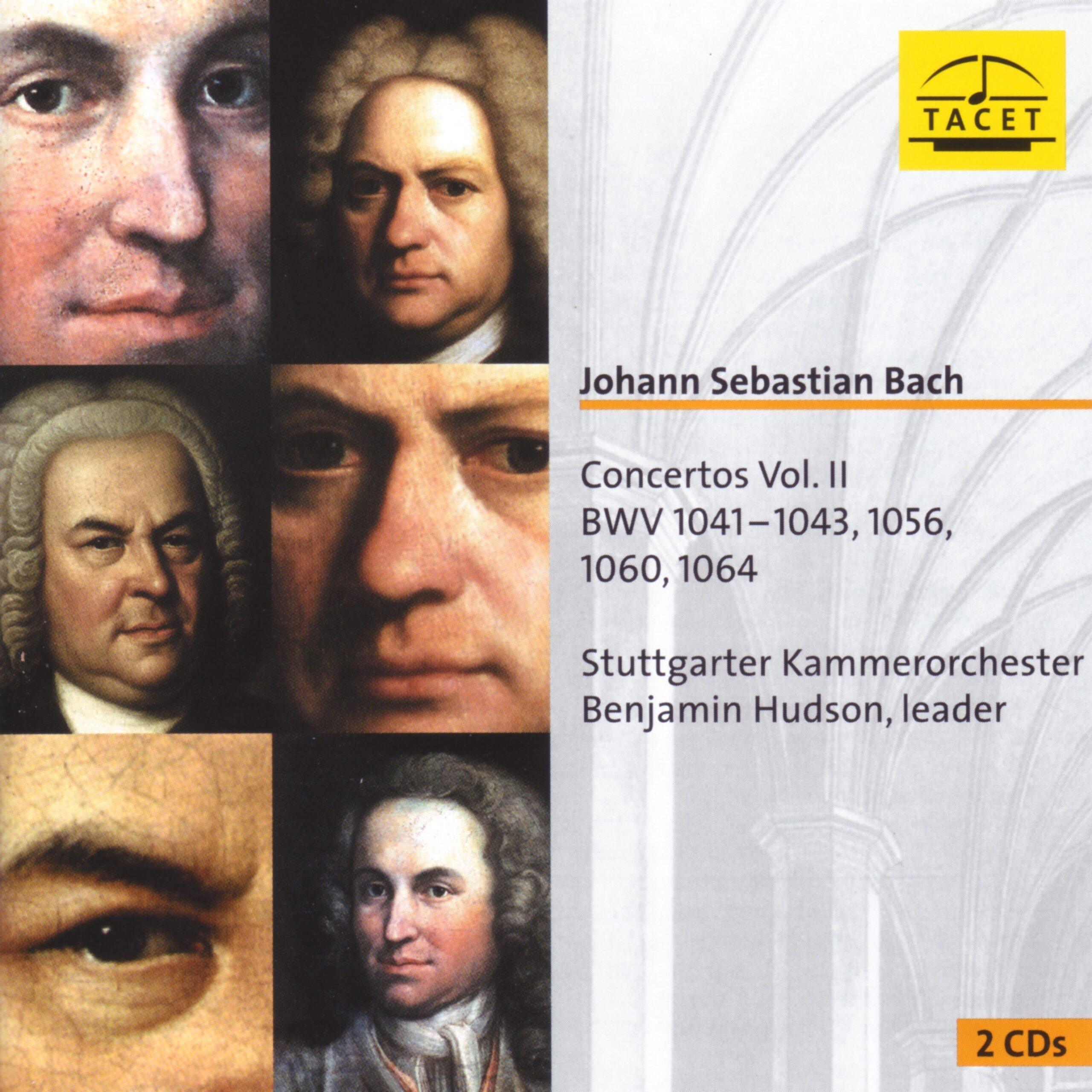
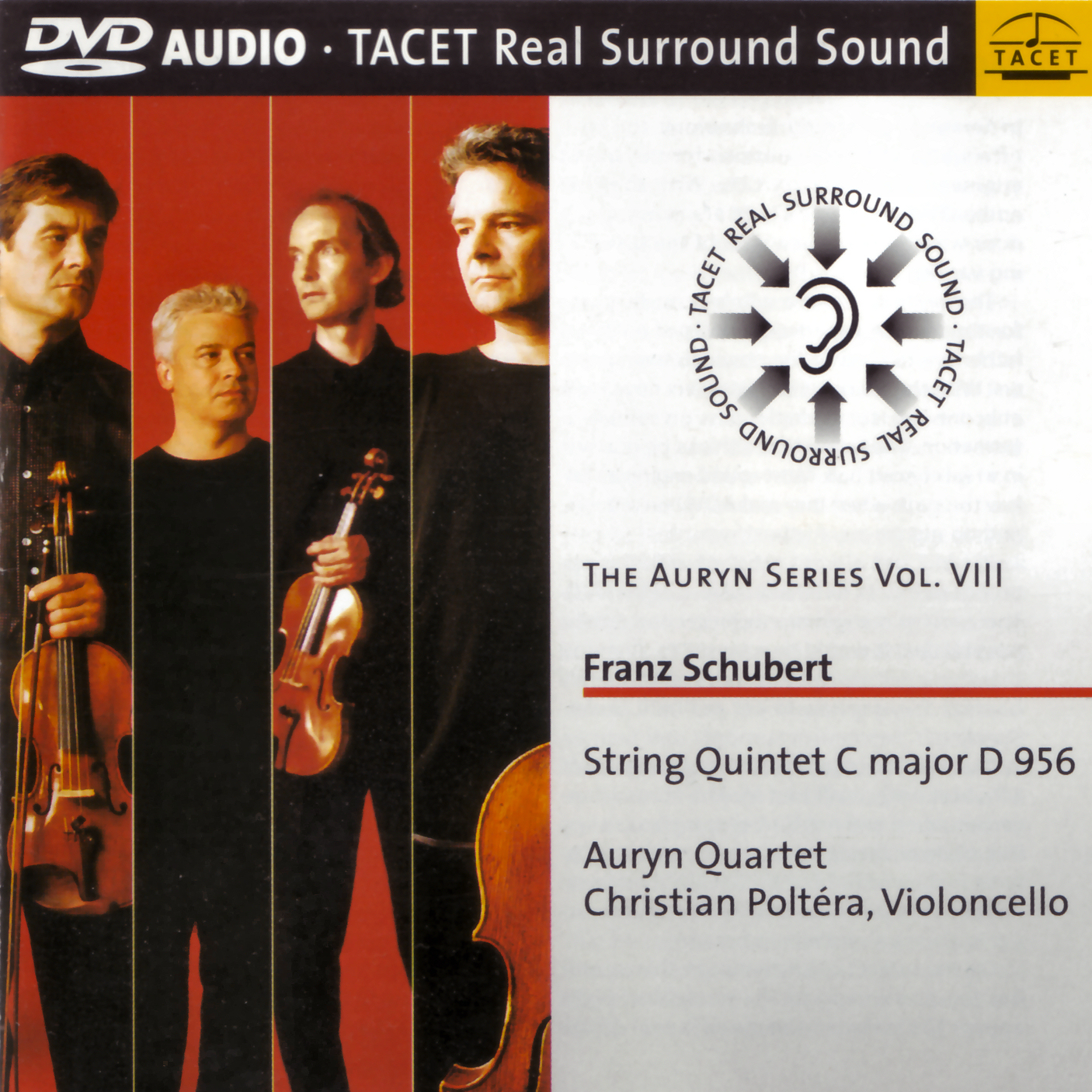
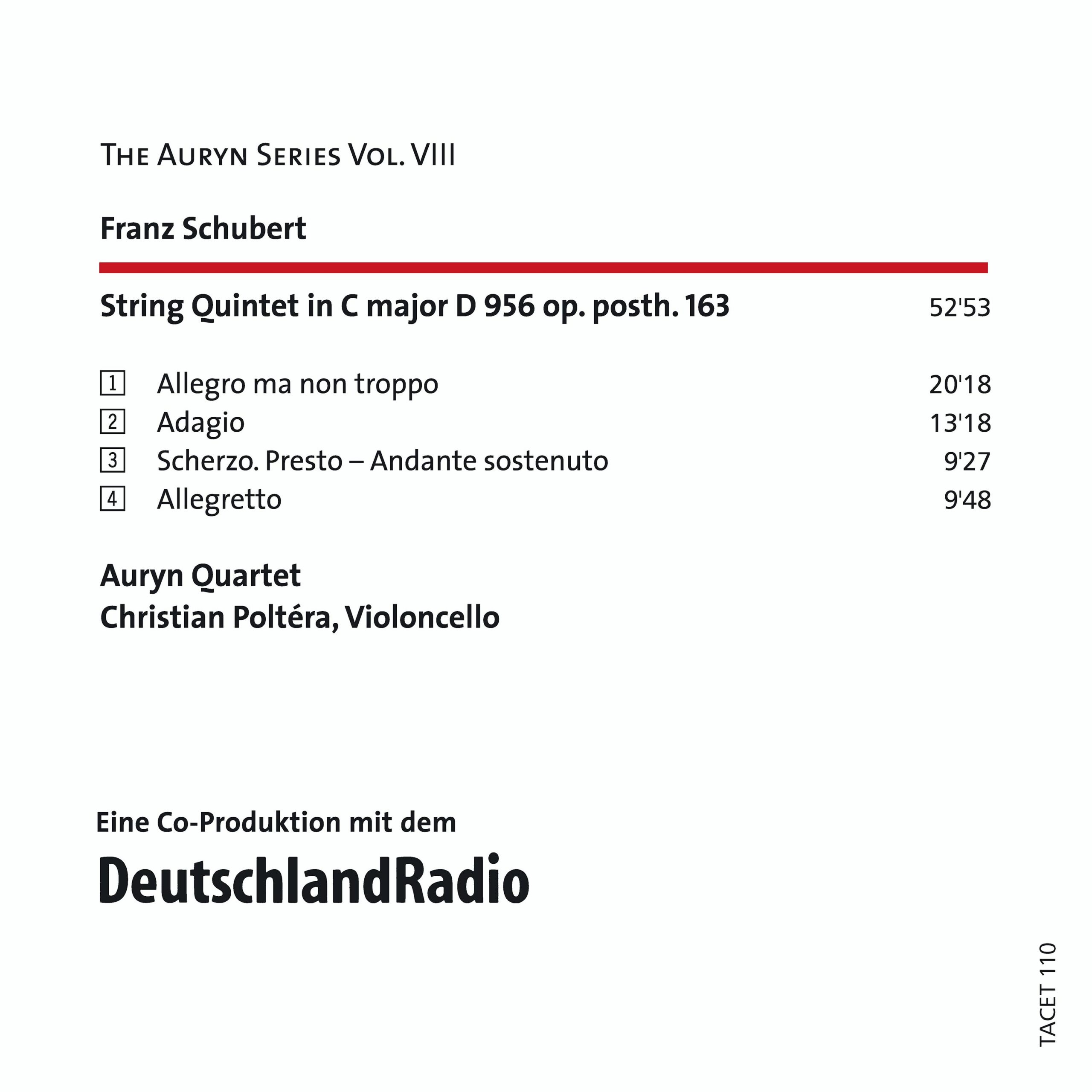
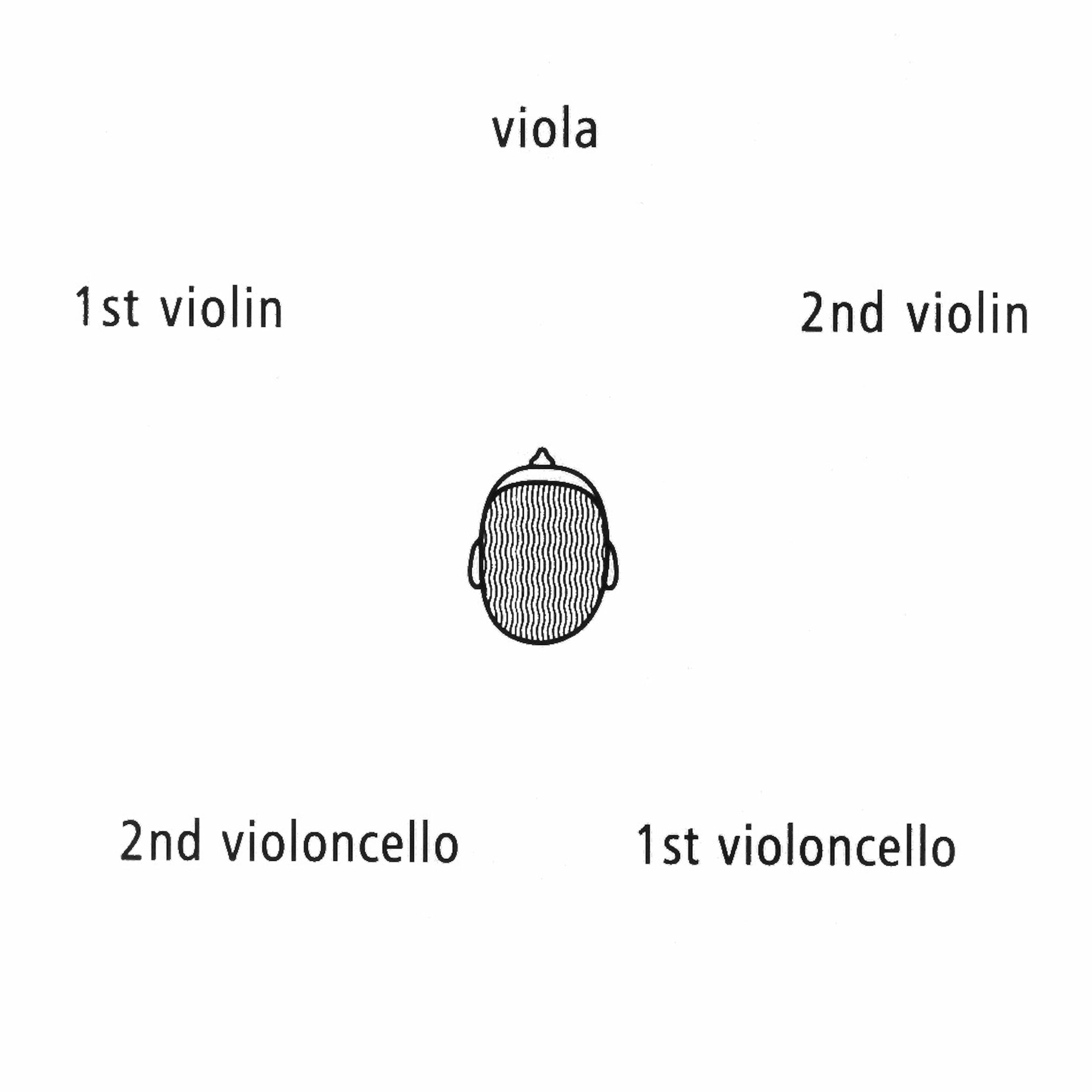
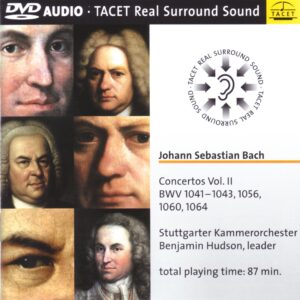
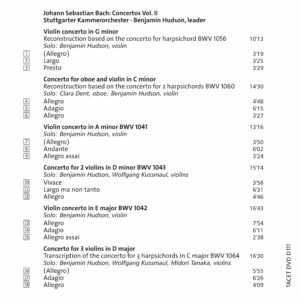
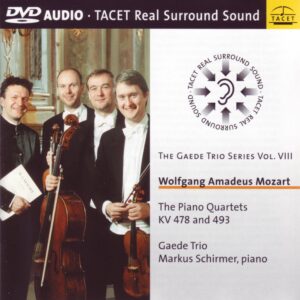
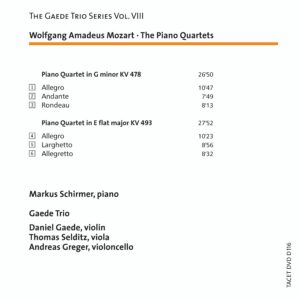
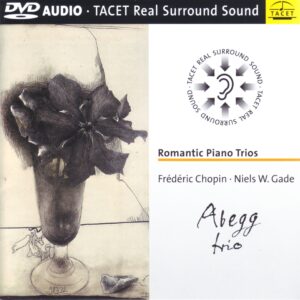
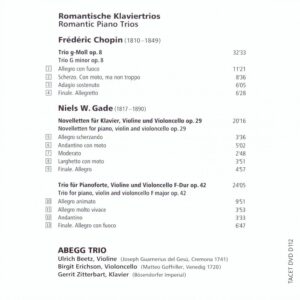
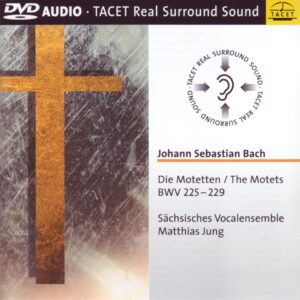
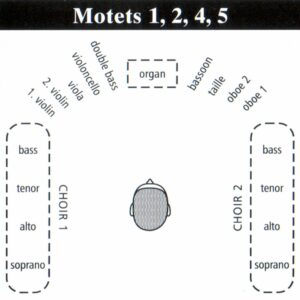
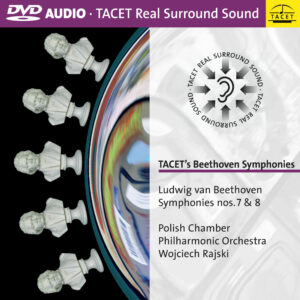
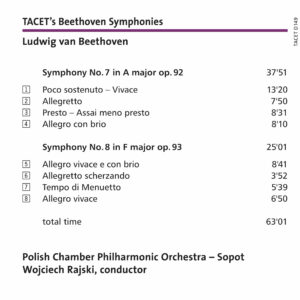
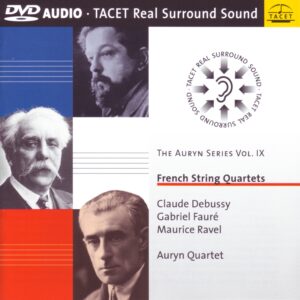
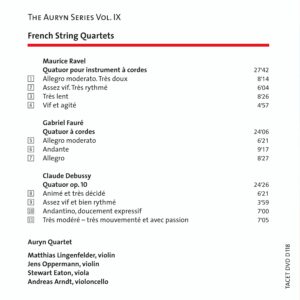
Bangkok Post realtime –
A magical and eloquent performance
There is plenty of great music waiting to be written in the key of C major, Schoenberg used to remind his students; but what are the chances of anything ever again being composed in that key to compare with Schubert′s string quintet, written in the year of his death at the age of 31? Like Mozart′s The Magic Flute it contains melodies that will charm casual listeners, seemingly simple tunes that become miraculously beautiful with further hearings, but also strange, often abrupt shifts in expressive tone that continue to tantalise those who have lived intimately with the music for decades.
There have been many recordings of the quintet covering a broad range of interpretive approaches. Two of the most celebrated were made in the days before stereo _ the Stern/Schneider/Katims/Casals/Tortelier account recorded at the 1953 Prades Festival, and the one by the Hollywood Quartet with Kurt Reher playing the second cello. More recently there have been distinguished versions by the Alban Berg Quartet with Heinrich Schiff, the Juilliard Quartet with Bernard Greenhouse, the Emerson Quartet with Mstislav Rostropovich, and this performance by the Auryn Quartet with Christian Poltera. And these are only the ones that have found their way into my collection.
Although the Auryn Quartet disc was released in 2001, it has been hard to get hold of in many parts of the world. Until recently you could seek it in vain on the websites of most classical CD vendors. Such limited availability was unfortunate because it is a masterful account in the league of any of the performances named above.
The Auryn Quartet with Poltera stand out even in such lofty company for the expressive flow that they bring to this long work with its many emotional contrasts. The transition from the highly agitated music that opens the first movement to the sublime melody that puts it to rest is one of the great magical moments in music. An eloquent performance like this can make you experience a kind of spiritual shifting of gears as you listen to the passage that follows, a musical absolute of a kind that only Schubert could have created.
The Auryns are magnificent here. The theme is played more slowly than in many performances, and contoured so naturally that it gives the impression of being sung. The delicacy of the playing at the point (after 2:43) where the theme is repeated an octave higher is unique among the recordings that I have heard. In this passage the classic Prades Festival and Hollywood Quartet accounts sound almost matter-of-fact by comparison.
The Adagio second movement, in its ethereal E major key, is shaken by an even more extreme emotional change. After music of hypnotic tranquillity, a long melody unwinding slowly and dreamily, propelled by cello pizzicati and birdsonglike comments from the violin, there is a sudden, violent outburst (beginning here at 4:37) that seems to come out of nowhere. Some commentators hear it as anger, but to me it expresses passionate yearning, a desperate desire for something that cannot be had, and after expending itself it retreats to give way to the music that opened the movement, subtly transformed.
The Auryn players are more inward, less dramatic in their interpretation of this singular movement than most of the others cited above. Their account of the nocturnal music that opens and closes the movement is as perfectly realised as any I have heard, but in the impassioned middle section I missed the urgency of the Prades Festival (complete with Casals′s grunting) and especially Emerson/Rostropovich.
The third movement reverses the pattern of the Adagio. It′s a muscular scherzo, athletic and high-spirited, that suddenly subsides (at 3:42 here) for deep and solemn meditation before springing back into action, kicked off by a powerful tremolo. It is splendidly played here, as is the folk-accented concluding Allegretto. Listen to the Viennese lilt that the Auryn players bring to the music, with their slight agogic pauses in the folk dance-like passages; and to the intensity with which they allow the charge accumulate as the harmonic tension builds after 3:40 before being released by the return of the opening theme.
There is, of course, no such thing as a best performance of Schubert′s C-major String Quintet. Each of the recorded versions mentioned has its own special glories, as do many others in the catalogue (the Borodin Quartet with Mischa Milman on the Teldec label, for example). But if I were having to make do with a single recording right now, this Auryn Quartet/Poltera account would probably be the one that I would reach for. It is also available from Tacet as a surroundsound DVD Audio disc, which I have not heard. The recorded sound on this CD, however, is so fine that I don′t know how it could be improved upon.
Ung-Aang Talay
klassik.com –
"Private concert experience"
--> original review
Audiophile Audition –
This glorious chamber work was composed in the last months of Schubert’s life. It is full of wonderful melodies as befits the creator of songs. The principle of contrasts is used in the quintet, vacillating between ecstatic happiness and the depths of desperation and grief.
The performance is committed and skillful. Again, the label’s Andreas Spreer feels that since a sound-carrier is by definition a synthetic product, it is appropriate to place the musicians more imaginatively than can be achieved with only a two-channel recording.
The first page of the enclosed booklet shows the layout - the viola is dead front on the center channel (woe be it if you lack a center channel - you’ll have to make sure its signal is shared by the left and right as suggested with the Artegra discs reviewed above). The first violin is on the L front channel and the second violin on the R front channel. The first cello is at the right rear surround and the second cello at the left rear surround.
Ever wondered what it was like to play in a chamber group such as this? Well, choose your instrument and sit close to that speaker. You’ll get a pretty good idea.
John Sunier
Stereoplay –
The Auryn Quartet has by now secured its place among the foremost international string quartets. It is, however, highly revealing of the repertoire policies of the major record companies that an ensemble of this caliber found no home with DG, EMI, or Philips, but entrusted its outstanding recordings of Schubert, Schumann, Mendelssohn, Beethoven, and Britten to smaller, more adventurous labels. Now the Auryns, joined by Christian Poltéra as second cellist, present a top-class recording of Schubert’s String Quintet – arguably the most significant chamber work of the post-Beethoven 19th century, unless one prefers to crown Schubert’s G-major String Quartet. What is so compelling here is the fascinating balance between a near-symphonic generosity of architecture and sound, and a meticulous chamber-musical illumination of the structure, which opens up ever new and surprising perspectives. The dynamic range is extremely wide, at times leading to almost Brucknerian waves of intensity, and at others laying bare, with disquieting clarity, the expressive ambiguity and fractured character of this music – in the Adagio, in the middle section of the Scherzo, and most strikingly in the Finale (which reveals itself, not only at the end with its famous grace-note D-flat, as more desperate than cheerful). A profoundly affecting interpretation, all the more so because it avoids any hint of mannered intent.
Alfred Beaujean
KulturSPIEGEL –
The label TACET, renowned for its far-sighted and ambitious repertoire policy, is also exploring new possibilities with the new medium for shaping the listening space of the musical experience. Andreas Spreer, head of the label and recording engineer of this production, places the listener right in the midst of the musicians: facing the viola, with the violins in front on the left and right, and the two cellos just behind the shoulders. Certainly, this arrangement is unusual and takes some getting used to. But how much plasticity Schubert’s wonderful – and wonderfully performed – String Quintet acquires in this way! Thanks also to the masterful interpretation, the themes seem almost tangible in the space; the structure of the work becomes intuitively clear, and the attribute “transparent” ought, after this recording, to be redefined. This DVD can also be played on DVD-Video players; hardened hi-fi fans won’t care about that. What they will appreciate much more is the fact that this recording is also available on CD and LP.
aw
Répertoire –
It is interesting to move directly to a quintet as seen through the Tacet label: Schubert’s D. 956. Here the approach—already defended in previous releases—is to make the multichannel DVD-Audio a genuine vehicle for new sonic experiences. Whereas on the MDG DVD one is never quite sure where one is situated and how the instruments are placed, here there is no doubt: once again (cf. the DVD of Schubert’s Trout Quintet) the listener is placed on stage, in the midst of the players, and the rear channels are fully engaged.
Yet, although the effect is much stronger, the Tacet DVD never creates a sensation of claustrophobia, since the air circulates far more freely than with MDG. One may dislike it, but the experience is all the more fascinating because the Auryn Quartet delivers an excellent version of this masterpiece. A word of caution: the treble is merciless toward aggressive electronics.
The pleasure is even more intoxicating in the case of Mendelssohn’s Octet, where the Minguet Quartet joins the Auryns (who also perform the Quartet Op. 44 as a complement). The seating arrangement, illustrated in the accompanying diagram, shows more clearly than any words how decisively Tacet seizes the potential of multichannel technology in order to create sound environments that are unprecedented yet musically logical. The result is a rare and astonishing physical experience of music.
Christophe Huss
____________________________________
Original Review in French language:
II est intéressant de passer tout de suite après un quintette vu par le labet Tacct: le D. 956 de Schubert. Là le parti pris, déjà défendu précédemment, est de faire du DVD-Audio multicanal un véritable véhicule pour des expérience sonores nouvelles. Si dans le DVD de MDG, on ne sait pas vraiment où l′on se situe et comment sont placés les instruments, ici pas de doute: à nouveau (cf. le DVD de ′La Truite′ de Schubert) l′auditeur est placé sur scène au milieu des instrumentistes et les canaux arrière sont sollicités à part entière. Mais, alors que l′impression est beaucoup plus forte, le DVD Tacet n′entraîne aucune sensation d′étouffement, car l′air circule davantage que chez MDG. On peut détester, mais l′expérience est d′autant plus fascinante que le Quatuor Auryn nous donne une excellente version de ce chef-d′oeuvre. Attention : les aigus sont impitoyables pour les électroniques agressives. Le plaisir est encore plus enivrant dans le cas de l′Octuor de Mendelssohn, où le Quatuor Minguet se joint au Quatour Auryn (qui interprète en complément le Quatuor op. 44). La disposition, illustrée sur le schéma ci-contre, montre mieux que n′importe quel discours à quel point Tacet prend la technologie multicanal à bras-le-corps pour créer des environnements sonores inédits, mais musicalement logiques. II en résulte une experience ′physique′ de la musique rare et étonnante.
Christophe Huss